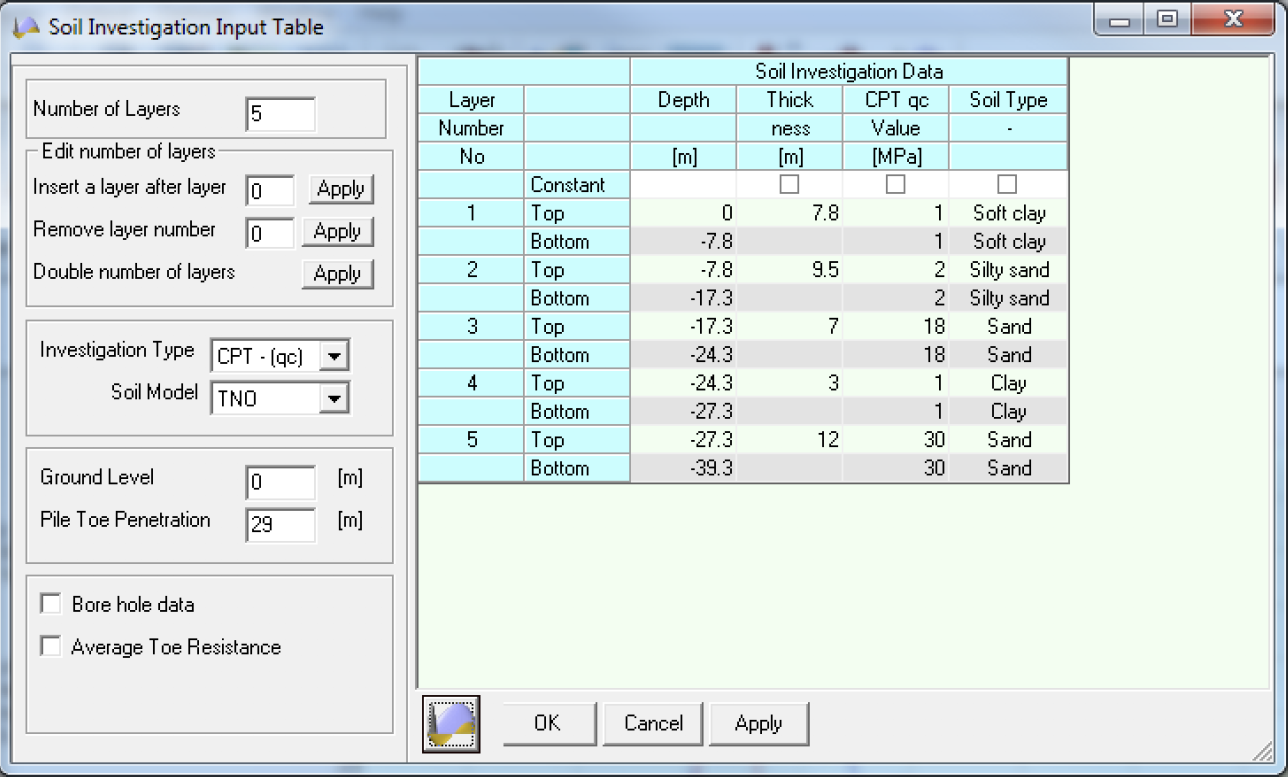
This test provides the strains and accelerations present within a pile during driving operation. Strain and acceleration data from the test can describe the pile driving stresses and compression, transferred energy and the contribution of shaft friction and toe resistance to the load bearing capacity. Driving records are immediately available to assist in optimizing foundation installation through accurate selection of final driving depth. This method can be used for prefabricated piles, cast-in-place piles, steel piles, timber piles and even composite piles.
High Strain Dynamic Testing (or Dynamic Load Testing) can be a fast and cost-effective alternative to Static Load Testing of both concrete and steel piles. During the test a load is applied to the pile by either an impact hammer or a suitable drop weight and the generated stress wave travels down to the pile toe and back up again to the top of the pile. The measured signals are then processed and analyzed to assess the pile capacity.
During pile driving these same signals can be recorded to monitor and analyze the performance of the hammer, the condition of the pile cushion and pile driving process in general. This so-called Pile Driving Analysis (or PDA) reduces the risk of damage to both the pile and the hammer and allows the contractor to drive the pile to the optimum depth.


AllWave-DLT is one of the options of the wave equation package AllWave. This application is used to determine the pile capacity and static load displacement behaviour (SLT) of a pile. The blow from a dynamic load test (DLT), measured with an Allnamics-PDADLT system, is introduced on top of the wave equation pile model and signals are calculated on the pile top. A comparison is made between calculated signals and real measured dynamic load test signals.
The soil model parameters are updated until a good match is obtained between calculated and measured signals. The load displacement behaviour is calculated from the computer soil model.
The Dynamic Load Testing method is most suited for precast piles.
Soil investigation results are transferred automatically to wave equation parameters.
The soil investigation results are used as a first start for the signal matching procedure.
Soil investigation results can be input by drawing in graphical form or by inputting a spread sheet type form.
